Substation transformer is divided into two kinds, one is distribution substation transformer: designed for installation in a station or substation. The other is station-type transformer: a transformer designed for installation in a station or substation. Substation transformers are designed for installation in large or small three-phase transmission and distribution power systems. The installation location is common and must be on the indoor or outdoor concrete base, which needs to be designed by the power engineer in the early stage of project planning.
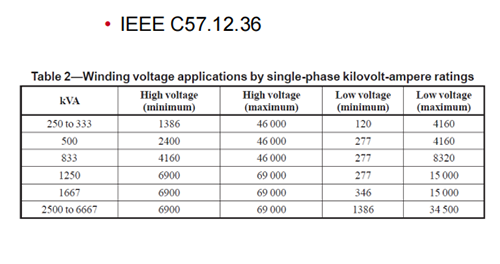
QXG Transformer
Substation transformers are generally oil-immersed. Mineral oil, vegetable oil or siliceous transformer oil. Widely used in various utility or small industrial applications. Construction standards are generally IEEE, CSA standards. The primary voltage of transformers in substations is usually a minimum of 2.4 kV and a maximum of 69 kV, which is based on the IEEE standard. The minimum capacity is 150kVA to the maximum 20MVA, and the secondary voltage can also be a minimum voltage of 0.6KV and a maximum voltage rating of 35kV.
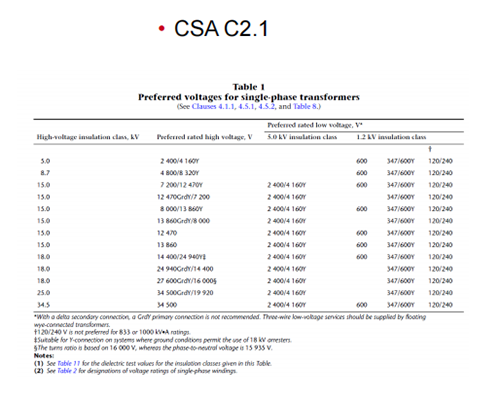
We can do
Certificate: UL
Phases: Single
Frequency: 50 Hz, 60Hz
Standard: IEEE, CSA, ANSI, DOE
Base rating: 250 kVA through 6667 KVA
High Voltage (Minimum): 1386V through 6900 V
High Voltage (Maximum): 46000V through 69000V
Low Voltage (Minimum): 120 V through 1386 V
Low Voltage (Maximum): 4160 V through 34500 V
Windings: Copper, Aluminum
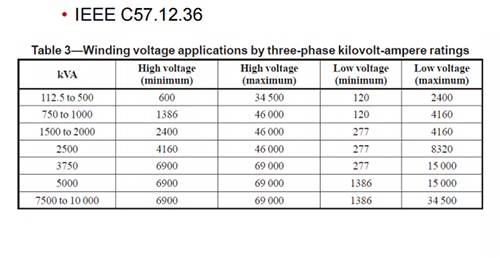
We can do
Certificate: UL
Phases: Three
Frequency: 50 Hz, 60Hz
Standard: IEEE, CSA, ANSI, DOE
Base rating: 112.5 kVA through 10000 KVA
High Voltage (Minimum): 600V through 6900 V
High Voltage (Maximum): 34500V through 69000V
Low Voltage (Minimum): 120 V through 1386 V
Low Voltage (Maximum): 2400V through 34500 V
Windings: Copper, Aluminum
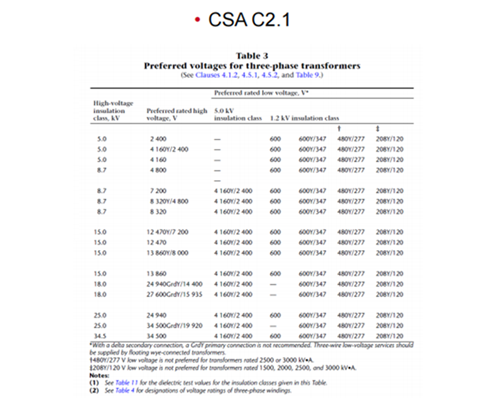
IEEE Test
First consider the resistance test, polarity test, phase relationship test, ratio test, no-load loss test, load loss test, and suitability temperature rise test, dielectric test. At the same time, in order to ensure the safety of the test and the damage to the transformer, the voltage part related to the current should be tested first.
In addition, the lightning test is not a mandatory test, especially under the condition of small capacity and voltage, a lightning test may cause catastrophic loss to the transformer, we can consider the sampling test under the conditions, there are low frequency tests, induced voltage tests, etc.
Utility Substation Transformer
It is used by industrial power distribution companies, and then the output voltage is eventually used by private individual consumers. Output both single-phase and three-phase AC current. Some commonly used ones are 120V, 240V, 400V, and so on. Use in urban or rural power distribution equipment. Then input to multiple or single small capacity low voltage power transformers. The transformers of urban substations are usually built with bricks to form a protective wall, and the transformers of rural substations generally appear on the outdoor poles and towers.
Personal Substation Transformer
This substation transformer is for users' own use. It is generally powered by medium and low-voltage power grids and is used in schools, hospitals, restaurants and other places.
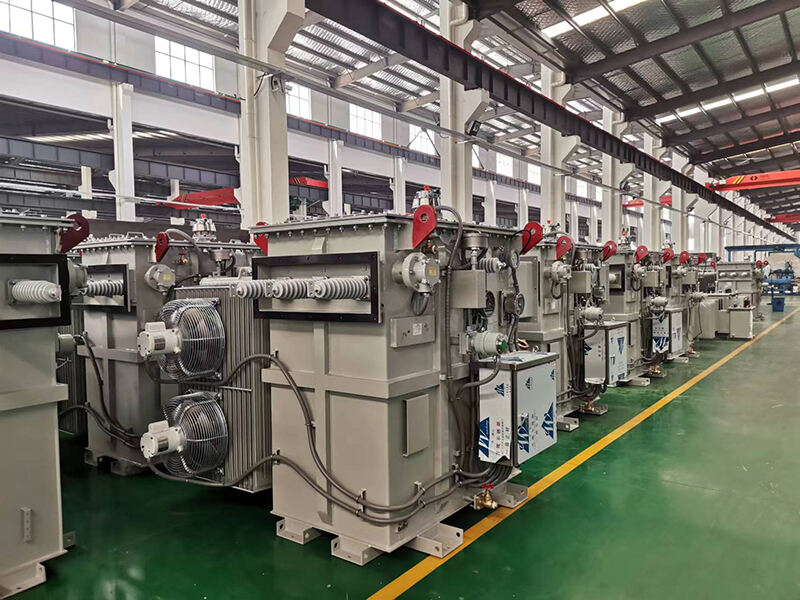
1.Do you have UL certificate?
Yes, we have UL certificate for 1ph Pad Mounted Transformer and 3ph Pad Mounted Transformer.
2.Can you follow the IEEE standard?
Yes, our technicians are professional with IEEE, CSA, ANSI, DOE standard, we can produce the transformer depend on your requirements.
3.Do you have experience export to the USA, Latin America?
Yes, our main market is in the USA and Latin America and we have very good market reputations there.
4.Do you have other kind transformer?
Yes, we also have Pole Mounted Transformer, Distribution Substation Transformer, Dry Type Transformer, which can meet IEEE, CSA, DOE standard.
5.How long is your production time?
Normally 30-60 days, we have complete raw materials supply chain which can ensure the lead time and control the quality in each process.



